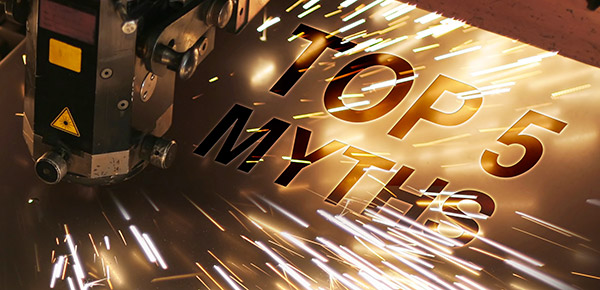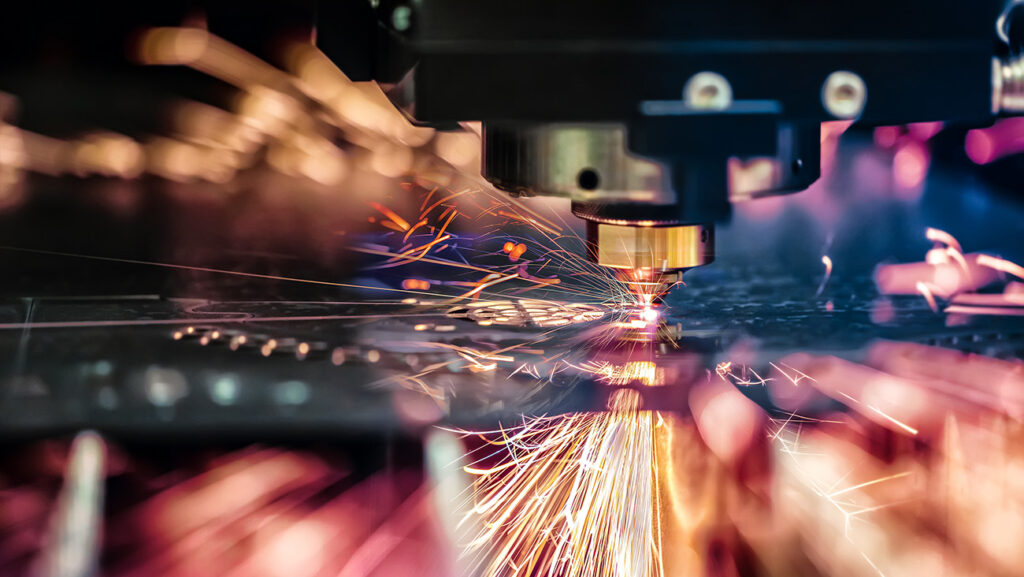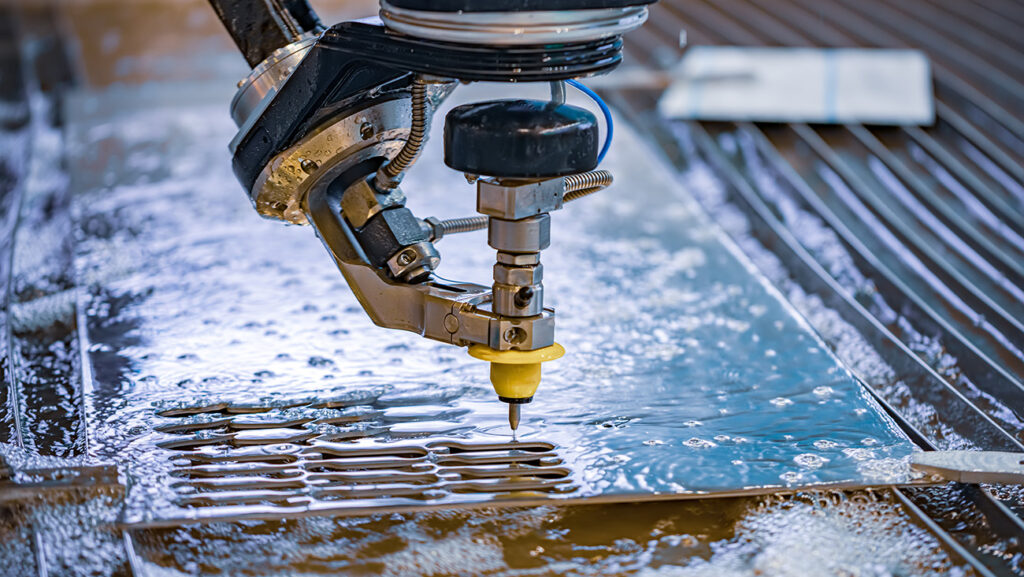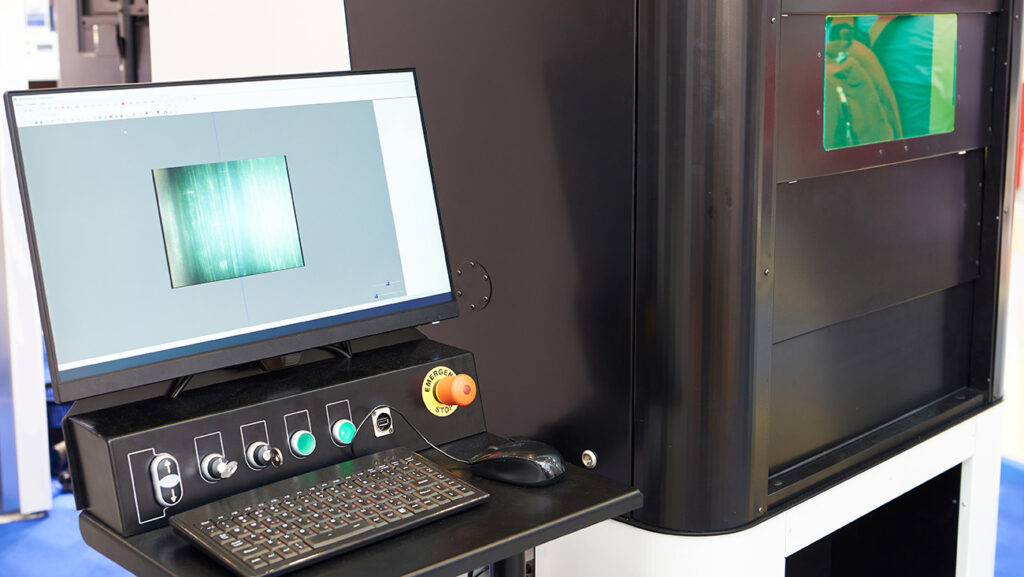Top 5 Myths About Laser Cutting Stainless Steel, Substrates, Plastics, and Composite Materials
Posted on April 1, 2017 in Blogs

With advances in laser processing techniques being unveiled everyday, here are 5 myths we’d like to debunk for you that may have kept you from thinking laser machining was the answer to your industrial cutting challenges.
Myth #1: Laser cutting certain materials is new
Laser cutting was first introduced in the 1960s and became widely adopted in the early 1980s. Today, laser machining is a well-established, mature technology that is being proven effective as a cutting, drilling, and welding method on new, advanced materials (even plastics, foils, adhesives, and composites like Kevlar) everyday. Contact us to find out if your material is among them.
Myth #2: Laser cutting is complicated
Actually, laser cutting is simpler than most mechanical cutting techniques. You don’t have to cut a die or stamp for cutting stainles steel, for example, and you don’t have to change tooling when you go from job to job. Lasers are programmable, so the only thing needed to cut a pattern is a drawing or CAD file. We can even change the depth of the cut simply by changing the power of the laser which is harder to do, or to do as precisely, with mechanical stamping/die cutting or water jet cutting.
Myth #3: Lasers burn the materials being cut
It all depends what you mean by burn. Lasers will char the end surfaces of cut pieces of wood, but not the other surfaces. Furthermore, the charring is not enough to burn away the edges — so the result is a clean sharp edge of exactly the dimensions specified. The laser’s heat affected zone (HAZ) is very small, which is one of the reasons why lasers are excellent for cutting softer materials like plastics. No burning occurs with other materials, like metals or plastics. As a side benefit, in fact, when cutting plastics or composites (like Kevlar) the laser will often seal, or cauterize*, the edge and eliminate a secondary processing step often required to do so.
Myth #4: Lasers can’t cut through transparent materials
Lasers are excellent at cutting through all transparent materials, including glass, plastic, polysilicates, borosylicates, and quartz.
Myth #5: Lasers can’t cut through anything very thick
Low to medium power YaG lasers for laser cutting are used for cutting through a wide range of materials and a wide — but not infinite — range of thicknesses. Here are some example maximum thicknesses:
- Stainless steel: Up to a one-eigth inch
- Plastics: three-sixteenths to one-quarter inch
- Wood: half to three-quarter inch
- Ceramic Substrates: Up to one-eigth inch
This said, Accumet’s new 2 kW YAG laser delivers greater beam power for cutting highly reflective, non-ferrous materials such as copper and aluminum up to a 1/4 inch thick, and drilling holes as small as 8 millimeters.
So, whenever more than one cutting technique is available to serve your particular manufacturing purpose, it pays to reconsider laser cutting. Laser cutting may be a better, and more accessible option than you might think. The best way to find out is to send us a sample of the material to be cut along with your drawing or CAD file.
Contact our technical support team and we’ll be happy to evaluate your application at no charge and give you the real facts you need to make an informed industrial cutting process decision right away.
To learn more, download our tech brief, “Which industrial cutting method is right for you?”
* Cauterization, or to cauterize, is a term originated in the field of medicine. In simple terms, a doctor will burn or freeze tissue to “deaden” it, or stop it from bleeding without sutures. In the industrial world, cauterization techniques are employed similarly to close, damper, harden, or otherwise seal-off materials and composites. As the laser provides a very controlled heat affected zone (HAZ), manufacturing engineers are discovering a number of new ways that the laser can be used to cauterize materials, often eliminating further processing steps. Kevlar is a prime example of a composite material capable of this method.



